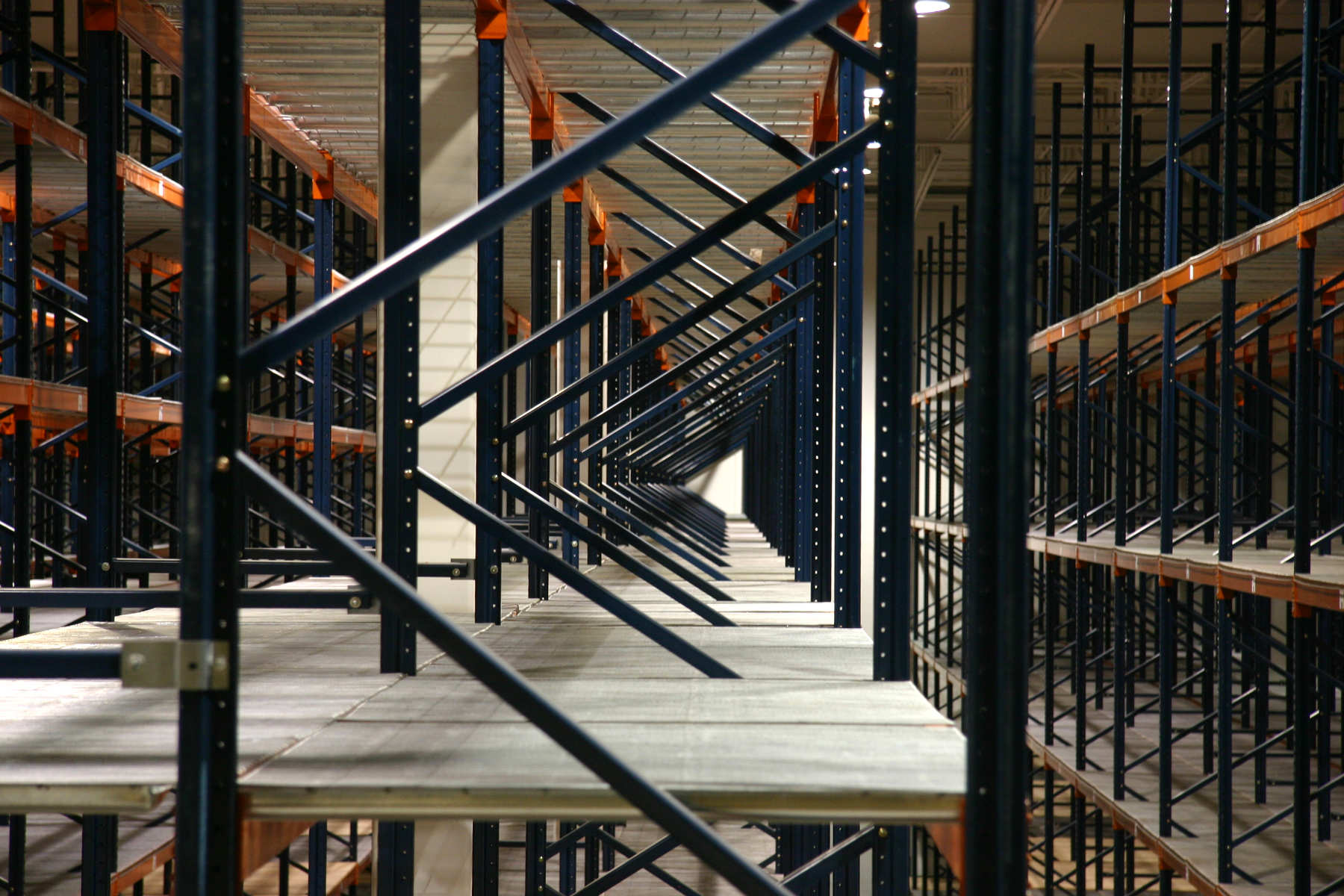A warehouse is needed to store and ship your products to your customers. As a result, these structures are some of the most important buildings in your entire operation. One hiccup could cause a delay to proceedings, and this mistake could cost you a lot of money.
It takes practice to get your warehouse running smoothly, practice that takes time. However, this article can provide you with a few preparation secrets to help maximise the production speed of your warehouses. It doesn’t take much, so read on to learn some of the most fundamental parts of the business.
Create A Separate Reception Area
Every business is going to function differently. Unfortunately, you are always going to have to deal with queries and concerns no matter what type of operation you run. Therefore, it is necessary to have a receptionist posted at the site to follow up on these issues. These staff members are your eyes and ears of the warehouse, able to provide you and your customers with up-to-date information about a package or delivery status.
This is why you should create a separate reception area that also allows them quick access to the main building. Imagine an annex-style building with a glass barrier dividing the two rooms. Your reception staff will be able to see everything that is going on without hindering the production line.
Use The Right Equipment
The right equipment for your warehouse is going to differ depending on the size of your operation. Many sites will choose to use forklifts to transport goods from a high rack to the back of a lorry because this is the most efficient process. However, you may find that a series of forklifts aren’t as precise you need them to be.
Therefore, you may find that your warehouse will benefit from the implementation of pallet trucks. These smaller tools help your staff to move large objects on pallets with minimal strain and do not require the technical know-how of a forklift. A pallet truck is a perfect addition to both a small and large warehouse, and you can find them in a ton of different styles at The Workplace Depot. Try to make sure that your staff has all of the right equipment, and your warehouse should run without hindrance.
Stay Up To Date On Site Regulations
A warehouse is a place of business. Therefore, it must adhere to all of the current standards and regulations. Your staff must be trained in health and safety protocols, especially those that relate to heavy machinery. On top of all of this, there are building codes that your warehouses must meet as well as design considerations.
You can work to meet all of these standards before you set up a business; however, things change over time. Try to stay up to date on all of these changes as they appear so that you don’t get caught out breaking any new regulations. It should be easy enough to update your processes to fit these new laws if you have already done things by the book, but change is always going to occur. Make sure you aren’t met with a nasty surprise.
Test Any Changes
As mentioned above, you may have to make some changes to your operation to keep up with new regulations. What’s more, you may have to make additional adjustments as your business expands.
This is not a bad thing; however, you should always try to test any changes to your daily routine. A warehouse is only going to function properly if everyone is on the same page. Even the smallest tweak could provide a roadblock that you did not foresee. That is why it is important to run a few tests of your new procedures to make sure that they are as efficient as possible. You do not want these new issues to pop up during busy business hours, which is why it is a good idea to smooth out any additional problems before you open your doors again.
Provide An Accurate Layout
Your warehouse is going to be full of staff that all have their own agenda. There will be those responsible for driving the forklifts, some needed to track orders, and a team of lorry drivers. All of these employees work in tandem to provide the progress you require; however, not all of them will understand the role of those around them.
Therefore, your warehouse will benefit from an accurate map of the building and its processes placed in an easily accessible area. This removes the need for employees to waste time chasing up any other staff members and can help new arrivals understand what is supposed to happen. By putting everything in one reference guide, you can ensure that everyone is brought up to speed on where everyone and everything is supposed to be located.
Monitor Production
As a business leader, it is your responsibility to keep everything running as effectively as possible. The more productive you are, the more profit you stand to make. The professionals working in the warehouse will better understand how things in the building are supposed to work. Still, it is your job to make sure that they are equipped to do their job properly.
You can only achieve this by constantly monitoring the warehouse. You can use software to provide you with data or hold regular meetings with the warehouse management staff. Either way, it is important to keep one finger on the pulse of your operation instead of expecting it to run smoothly without your input.
Know Your Location
You will have chosen the location of your warehouse based on its proximity to key roads and your main office. This location will give you quick access to your customers and allows you to stay linked to the operation. Unfortunately, there is a lot more to think about when choosing a location for a warehouse.
One aspect that can slow down production is the heavy flow of traffic in the surrounding area. You may think that a specific motorway may provide you with easy access to a multitude of customers. However, some of these junctions may clog up with traffic at certain times of the day, slowing down your delivery times. Try to research the local area before you commit so that you can work around these issues or prevent them altogether.
Another aspect of a warehouse location that may hinder your business is the size. A place may seem perfect for your current workload; however, you should always strive to increase your operation when timing allows. Therefore, you should pick a location that fits your current objectives but also gives you the opportunity for expansion should the need arise. You may not start off with the intention of shipping goods overseas, but you never know how successful your idea may become. Try to make sure you do not cut off this avenue completely by picking a poor warehouse location.
Conclusion
Setting up a warehouse may seem easy on the surface, yet there is a lot more planning that goes into these decisions than you may think. One wrong decision could hinder your productivity, so make sure you take this advice on board to improve your progress.







